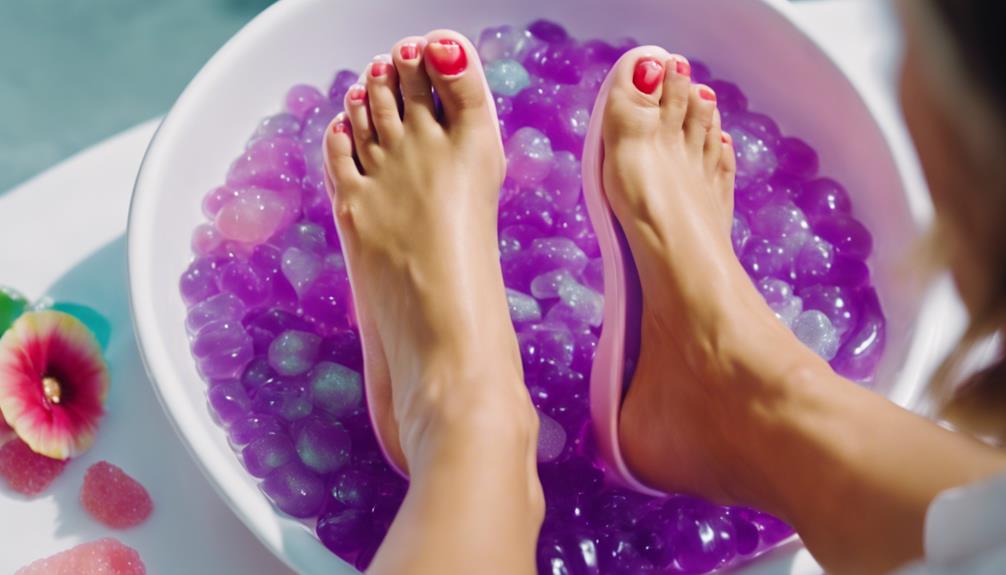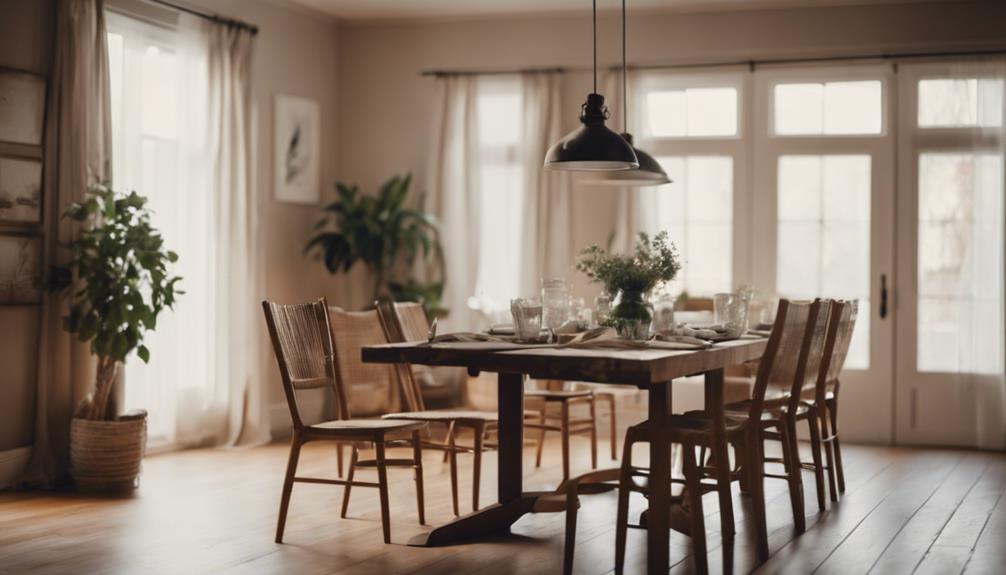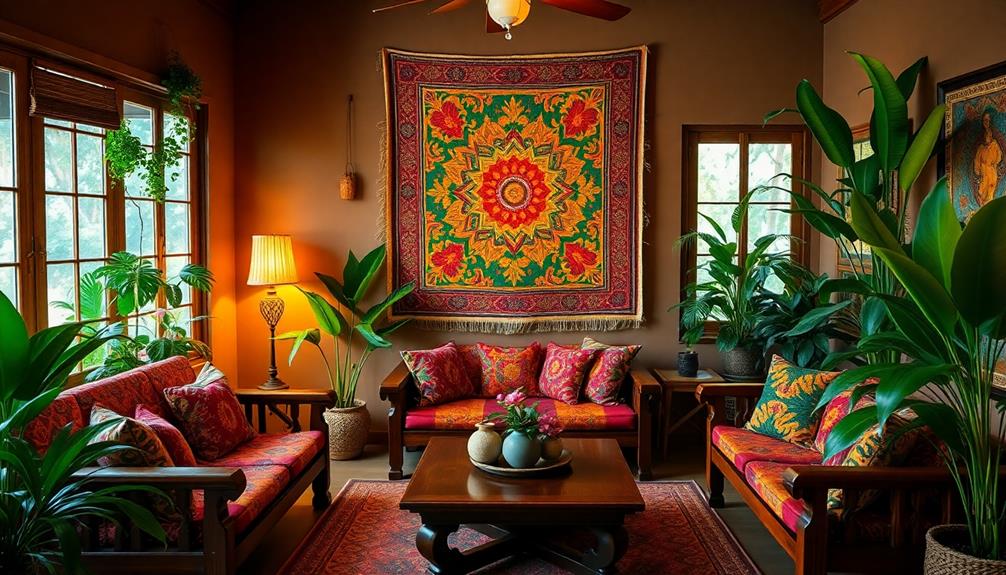Experience the newest spa craze: a jelly pedicure! Immerse yourself in a hydrating, calming, and revitalizing foot treatment. Your feet soak in a jelly blend for ultimate indulgence. Enjoy smooth skin, nail maintenance, a mild exfoliation, a comforting massage, and polished nails. This 45-60 minute session costs $40 to $70. Sustain foot well-being with regular visits. Clients adore the enhanced foot condition, relaxation, and improved appearance. Guarantee salon cleanliness and FDA-certified products for a secure experience. Explore the advantages of jelly pedicure for yourself!
Key Takeaways
- Hydrates, softens, and rejuvenates feet with a jelly mixture.
- Includes nail care, gentle scrub, massage, and polish application.
- Lasts 45-60 minutes for a pampering experience.
- Cost ranges from $40 to $70 per session.
- Regular maintenance every 4-6 weeks for foot health and relaxation.
Benefits of Jelly Pedicure
Indulge in the luxurious benefits of a jelly pedicure for hydrated, relaxed, and rejuvenated feet. A jelly pedicure not only moisturizes and exfoliates the skin but also provides much-needed stress relief and relaxation. The soothing properties of the jelly mixture help to soothe tired feet, leaving them feeling refreshed and revitalized.
Additionally, the overall appearance of your feet will be enhanced, giving you smooth and soft skin that you'll love to show off.
With a jelly pedicure, you can expect to experience a pampering session that takes around 45-60 minutes, depending on the salon. Prices may vary, but the indulgent experience is well worth it, especially for special occasions or just as a treat for yourself.
After your jelly pedicure, remember to keep your feet moisturized between treatments, trim your nails regularly, and follow salon recommendations to maintain the benefits. Your feet will thank you for the care and attention, and you'll likely find yourself coming back for more of this luxurious experience.
Process of Jelly Pedicure

During a jelly pedicure, your feet are immersed in a softening jelly mixture, creating a luxurious spa experience. This unique pedicure takes your typical foot treatment to the next level by incorporating a jelly soak that helps to soften the skin and relax your feet.
The process involves various steps such as nail shaping, cuticle care, a gentle scrub to exfoliate rough skin, a soothing massage to relieve tension, and finally, the application of your chosen nail polish for a polished look.
Jelly pedicures usually last between 45 to 60 minutes, offering ample time for you to unwind and enjoy the pampering session. The prices for jelly pedicures can vary depending on the salon and any additional treatments you opt for.
To maintain the benefits of a jelly pedicure, ensuring to keep your feet moisturized, trim your nails regularly, avoid using harsh chemicals, and follow the salon's recommendations for proper upkeep. Clients often report softer, smoother feet, improved foot health, relaxation, and a sense of indulgence after experiencing a jelly pedicure.
Duration and Cost

Experience a jelly pedicure session typically lasting between 45 to 60 minutes, offering your feet a luxurious and relaxing treat.
The cost of a jelly pedicure can vary, ranging from $40 to $70 depending on the salon and location. Additional services like nail art or special designs may come with extra charges during your jelly pedicure experience.
To maintain the softness and smoothness of your feet, it's recommended to schedule a jelly pedicure once every 4-6 weeks.
Before booking your appointment, make sure to check with the salon for specific pricing details and inquire about any promotions or discounts available for jelly pedicures.
Keeping up with regular sessions will help you enjoy the full benefits of this spa trend while ensuring your feet remain pampered and healthy.
Maintenance and Aftercare

To maintain the softness and hydration of your feet post-jelly pedicure, keeping them moisturized regularly is crucial.
Make sure to trim your nails and care for your cuticles to promote overall foot health.
Avoid using harsh chemicals that can strip moisture away, and follow salon recommendations for best aftercare outcomes.
Aftercare Tips
Regularly moisturize your feet to maintain softness and hydration post-jelly pedicure. This simple step takes only a few minutes each day but can make a significant difference in preserving the effects of your Jelly Pedicure.
After your treatment, avoid hot water for the next 24 hours to prevent skin dryness and maintain the benefits of the pedicure. Additionally, remember to apply sunscreen on exposed skin, especially after exfoliation during the pedicure, to protect it from harmful UV rays and maintain the health of your feet.
To ensure your feet stay in top condition, consider maintaining regular pedicure appointments. These appointments not only keep your feet looking and feeling great but also contribute to ongoing foot health.
Lastly, following your technician's advice for foot health is essential in maximizing the long-lasting benefits of the jelly pedicure while promoting overall foot wellness. By incorporating these aftercare tips into your routine, you can enjoy beautiful and healthy feet for longer.
Maintaining Foot Health
For best foot health maintenance and aftercare following a jelly pedicure, prioritize consistent moisturization to retain softness and hydration. Keeping your feet well-moisturized between jelly pedicure sessions is essential for maintaining the benefits of the treatment.
Regularly trim your nails and care for your cuticles to guarantee healthy foot growth and appearance. Avoid using harsh chemicals on your feet as they can damage the skin and undo the effects of the jelly pedicure.
It is vital to follow the salon's recommendations for foot upkeep to extend the longevity of your jelly pedicure results. This includes scheduling regular appointments to keep your feet in top condition and to continue pampering yourself.
Customer Satisfaction

Customers frequently express high satisfaction levels with jelly pedicures due to the noticeable improvement in foot condition and the indulgent experience they provide. Many clients report softer and smoother feet after indulging in this unique spa treatment.
Positive reviews often highlight the relaxation and pampering experience that comes with a jelly pedicure, making it a favorite among those seeking a luxurious treat for their feet. Not only do customers enjoy the immediate benefits of softer skin and well-groomed nails, but some also mention improved foot health as a result of regular jelly pedicures.
The unique and luxurious experience of a jelly pedicure often encourages repeat visits, with many clients opting for regular maintenance appointments to upkeep the benefits. Overall, the combination of improved foot condition, relaxation, and pampering makes jelly pedicures a highly satisfying spa trend for many customers.
Safety and Hygiene

Choose a salon that follows a strict clean tools protocol for your jelly pedicure.
Look for FDA-approved jelly powder to guarantee a safe and hygienic experience.
Confirm technicians are properly trained in jelly pedicure procedures to maintain high standards of safety and hygiene.
Clean Tools Protocol
Prioritizing cleanliness and hygiene when it comes to jelly pedicures is crucial for guaranteeing a safe and enjoyable spa experience. To elevate your spa experience, make certain the salon you choose follows strict cleanliness protocols for tools. It's vital that all tools used during your jelly pedicure are clean and sanitized to prevent any risk of infections.
Look for salons that go the extra mile by using disposable liners in foot tubs, ensuring a hygienic environment for your treatment.
Additionally, verify that the technicians performing your jelly pedicure are well-trained in the specific procedures involved. This will ensure that proper safety protocols are followed throughout your treatment. Confirm that the jelly powder being used is FDA-approved to guarantee it's safe for application on your skin.
If you have any allergies or skin sensitivities, be sure to communicate this with the salon beforehand to secure a safe and comfortable experience.
Fda-Approved Products
Verifying that the jelly powder used in your pedicure is FDA-certified is essential for maintaining safety and hygiene standards during your spa treatment.
When selecting a salon for a jelly pedicure, here are some key points to keep in mind:
- Check for FDA-Certified Products: Prioritize salons that use jelly powder products that are FDA-certified to ensure they meet safety and quality standards.
- Hygiene Practices: Look for salons that prioritize hygiene by using clean and sanitized tools for the jelly pedicure, reducing the risk of infections.
- Technician Training: Make sure technicians are trained in proper jelly pedicure procedures to guarantee a safe and effective experience.
- Disposable Liners: Choose salons that provide disposable liners for foot tubs, as they help prevent the spread of bacteria and maintain cleanliness throughout the treatment.
Technician Training Standards
How well are technicians trained in safety and hygiene standards for performing jelly pedicures?
Technicians performing jelly pedicures must be well-versed in safety and hygiene protocols to guarantee a clean and safe experience for clients. It's essential that they use clean and sanitized tools throughout the pedicure process to prevent infections and skin irritations.
Salons should also provide disposable liners for foot tubs to maintain cleanliness and prevent cross-contamination between clients. Additionally, the jelly powder used in the pedicure should be FDA-approved, ensuring quality and safety for all clients.
If you have allergies or skin sensitivities, it's vital to consult with the salon before the pedicure to ensure that the products used are suitable for your specific needs. By adhering to these standards, technicians can provide a relaxing and safe jelly pedicure experience for you and other clients.
Customer Reviews

For prospective clients curious about the jelly pedicure experience, customer reviews offer valuable insights into the benefits and satisfaction levels of this spa treatment. Here are some typical comments from individuals who've tried jelly pedicures:
- Many clients notice a significant improvement in the texture of their feet post-treatment, with reports of softer and smoother skin being quite common.
- Positive feedback frequently highlights the relaxation and pampering aspects of the jelly pedicure, making it a soothing experience for many.
- Some customers enjoy the temporary cooling sensation provided by the jelly, adding an extra layer of refreshment to the pedicure session.
- Those with dry or cracked heels often find jelly pedicures particularly beneficial, as the treatment helps hydrate and nourish the skin in these troublesome areas.
Before booking your own jelly pedicure, consider checking online reviews or asking for testimonials at the salon to gather more insights from previous clients.
Frequently Asked Questions
What Does a Jelly Pedicure Include?
A jelly pedicure includes soaking your feet in a jelly mixture to soften the skin, followed by nail shaping, cuticle care, scrub, massage, and nail polish application. The process typically lasts 45-60 minutes, with prices varying by salon.
What Is Crystal Jelly Pedicure?
To experience a crystal jelly pedicure, you soak your feet in a hydrating mixture infused with oils and extracts. This treatment softens calluses, exfoliates skin, and enhances foot health. Enjoy the soothing and cooling sensations for a luxurious spa experience.
What Is the Difference Between a Gel Pedicure and a Regular Pedicure?
When it comes to nail care, knowing the contrast between a gel pedicure and a regular one is key. Gel pedicures last longer, resist chipping, and require special removal, while regular pedicures chip sooner but are easily removed.
How Long Will a Gel Pedicure Last?
A gel pedicure typically lasts between 2 to 4 weeks, depending on factors like nail growth and maintenance. The gel polish is cured under a UV or LED light, providing a long-lasting and chip-resistant finish.
Conclusion
You've gotta try a jelly pedicure! Not only does it leave your feet feeling silky smooth, but it also provides a unique and relaxing spa experience.
And don't worry about the jelly being messy – it's easy to clean up and totally worth it for the results.
So treat yourself to this trendy spa treatment and pamper your feet like never before!










